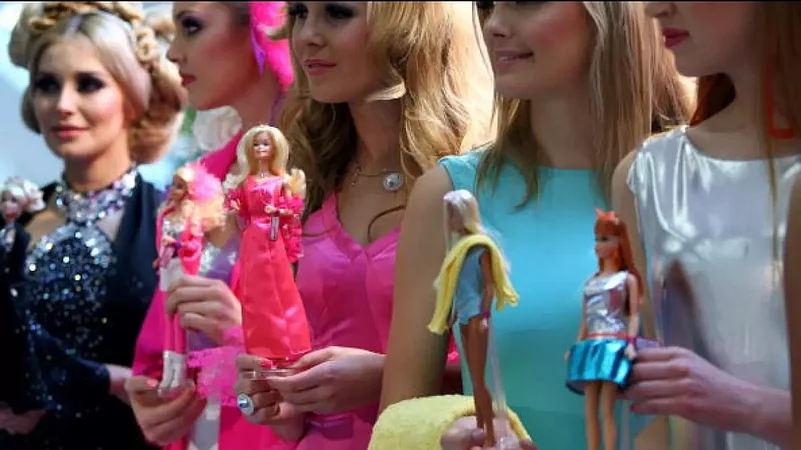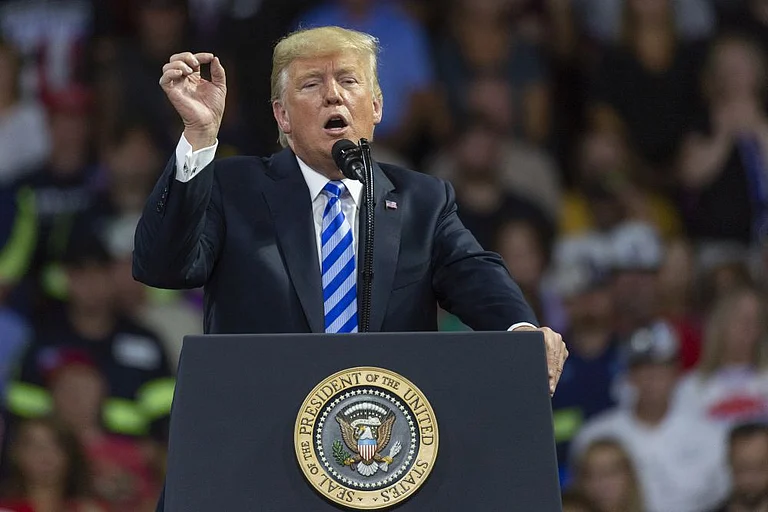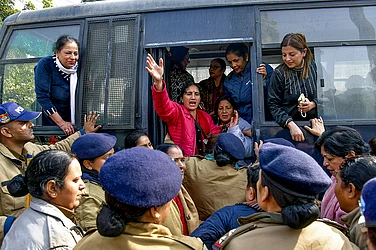‘You can be anything you want’-- says Barbie, in many of its advertisements that used to splash over kids’ television sets. But its toy sets often came in the form of doll houses, kitchen sets and cleaning tools or vanity sets that promoted home-making skills or beautification in a conventional sense and ran in complete contrast to its message.
Barbie Millicent Roberts, from Wisconsin US, celebrated her 64th birthday last month. Although a toy, Barbie continues to be recognised by millions of children and adults worldwide. She is arguably the original “influencer” of young girls, in an age where AI and technology offer creative alternatives to traditional toys.
However as author Turkel A.R wrote in 1998, dolls reinforce cultural ideals about the place of girls and women in society, and carry “cultural messages about how people should look and act”. Although Barbie is available in a variety of costumes these days, including athletic wear (which might suggest muscularity or agency) and those relevant to many careers, her most commonly sold style of dress consists of a form-fitting sparkly evening gown and high heels (in fact, her feet are moulded for high heels), the author further wrote.
Creating gender roles
Besides her appearance, Barbie’s career opportunities used to be filled with markers of sexualization, the author also outlined. For example, the currently available Doctor Barbie is marketed as a “baby doctor,” not as a “paediatrician,” nor is she currently marketed as a different kind of doctor, such as a surgeon or ER doctor. This “Baby Doctor Barbie’s” only medical instruments were a stethoscope and an otoscope, and she would wear tight jeans with pink glitter paired with the more professional white lab coat. “Veterinarian Barbie” and “Dentist Barbie” would wear tight satin mini-dresses.
I grew up with Barbie too, it was termed as a symbol of femininity, says Meghna Mehra, a member of the All India Queer Association (AIQA). Dressing up, playing ghar ghar, always cooking or shopping and wearing heels – these were the symbols that Barbie used to be associated with, Meghna further says. While Barbie and Ken were shown to be the ‘it’ couple, queer activists question the representation of their community in these toys. “It doesn’t show Barbie having a girlfriend. Are there any non-binary Barbies? It is not wrong to be hyper-feminine but it is wrong to make it a part of a socialisation process,” Meghna opines.
On the other hand, researchers have observed that boys have been shown to prefer more vehicles, weapons and special-temporal items – toys like Legos, racing, shooting and sporting games. Over the years, they also observed that not only do some children prefer gender-same toys but some of them avoid cross-sex toys. A recent analysis of the Lego set demonstrates this dichotomy in what they emphasise for boys – building expertise and skilled professions – compared with girls – caring for others, socialising and being pretty, as per writings of Megan K Maas, an adolescent development expert. Such kind of representation came at a time when young people were indoctrinated to believe the gender they were assigned by way of their sex at birth and the roles that came with it.
Nyamat, a gender researcher, recalls an episode of the popular sitcom FRIENDS. The One With The Metaphorical Tunnel – the episode in which Ross panics after he sees his son Ben play with a Barbie doll. He further tried to convince him to play with more ‘manly’ toys. “But gender roles are not that defined. There can be women cab drivers too, just like there can be men who work in child healthcare. It is important for toys to be flexible as well as children tend to learn a lot about society at that age,” she says.
As per explanations of researchers and descriptions given by toy manufacturers, gender-neutral toys try to break these very gendered distinctions of the infamous pink and blue toy. A 2017 study by Pew Research Center showed that more than three-quarters of those surveyed said it was a good thing for parents to encourage young girls to play with toys or do activities “associated with the opposite gender.”
But when it came to boys, this number dropped to 64 per cent overall—and far fewer men—saying it was good to encourage them to do things associated with girls. Across genders, generations and political groups, more say girls should be encouraged to play with toys and participate in activities that break with gender norms than say the same about boys, and this is particularly the case among men, older adults and Republicans, the study said.
One could attribute this to traits that are stereotypically associated with men—such as strength, courage, and leadership—which are considered good, whereas those tied to femininity—such as vulnerability, emotion, and caring—are deemed to be bad.
“Boys once they grow up are also told that men don’t cry. They are also told they are not “real men” if they cry,” Nyamat says. Worse, research says that some men are frequently ‘penalised’ for it—while exhibiting masculine traits like aggression is often rewarded.
Some changes
Since the 2010s, Barbie and her crew’s characteristics have undergone a makeover. After creators at Mattel faced backlash for portraying Barbie in stereotypically “feminine” ways, new versions of the doll were released that began to step outside the traditional hot-pink, fashionista Barbie.
Dolls such as Doctor Barbie, Photojournalist Barbie, Pilot Barbie and even Astrophysicist Barbie have been introduced. The maker of Barbie and Hot Wheels also announced the release of its first series of gender-neutral dolls – Creatable World.
The dolls differ from Mattel’s gendered Barbie and GI Joe dolls in subtle but significant ways. The dolls embody a blank canvas, lacking prominent features such as broad shoulders, full hips, and long lashes.
“Toys are a reflection of culture and as the world continues to celebrate the positive impact of inclusivity, we felt it was time to create a doll line free of labels,” Mattel said in a statement “Through research, we heard that kids don’t want their toys dictated by gender norms. This line allows all kids to express themselves freely.”
In 2021, Lego announced that it will work to remove gender stereotypes from its toys after it commissioned a global survey and found that attitudes to play and future careers remain unequal and restrictive, the Guardian reported.
However, activists do believe that this is just the start of a conversation. “This creates dialogue. But that change needs to happen even within parenting roles, in school and play environments where teachers need to be trained. There is still a long way to go,” Nyamat says.
Some retailers’ websites continue to demarcate toys under boys' and girls' sections. A New York Times report stated that data suggests that many shoppers on the site still search for products by gender – suggesting that the stereotyping of toys is also driven by consumers, including parents, teachers, and family members – as much as it is by the toy industry.


























